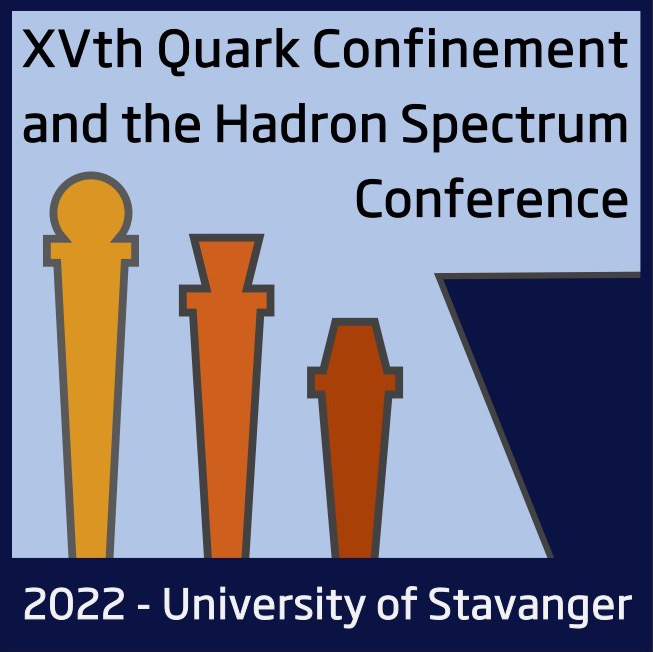Description
The present information about neutron star radii and masses imply that the EOS should not be too stiff around densities corresponding to the hyperon (and/or Delta) onset at 1.4 M_sun, but should then stiffen in order to reach (and exceed) masses of 2.0 M_sun at radii of about 12 km or larger.
Is such a pattern compatible with a purely hadronic EOS? Or does it imply an early, strong deconfinement transition to quark matter that stiffens with increasing density?
As the maximum energy density reached in the very core of massive neutron stars is below about 2 GeV/fm3, a factor 20 below the range where perturbative QCD is applicable, how can pQCD nevertheless constrain the neutron star EoS?
What constraints for the hadron-to-quark matter transition can be derived from NS observations? How likely is a crossover transition at low temperatures which could imply a second critical endpoint or even a crossover-all-over in the QCD phase diagram?
These are questions to be discussed by the panelists together with the audience of QCHS-XV.

